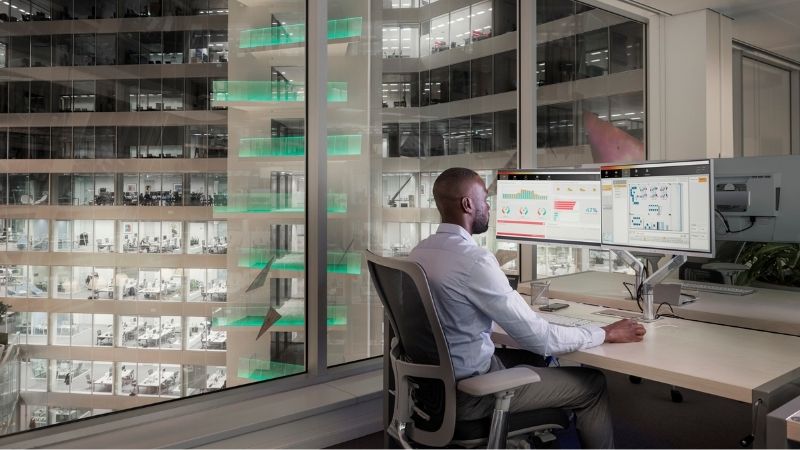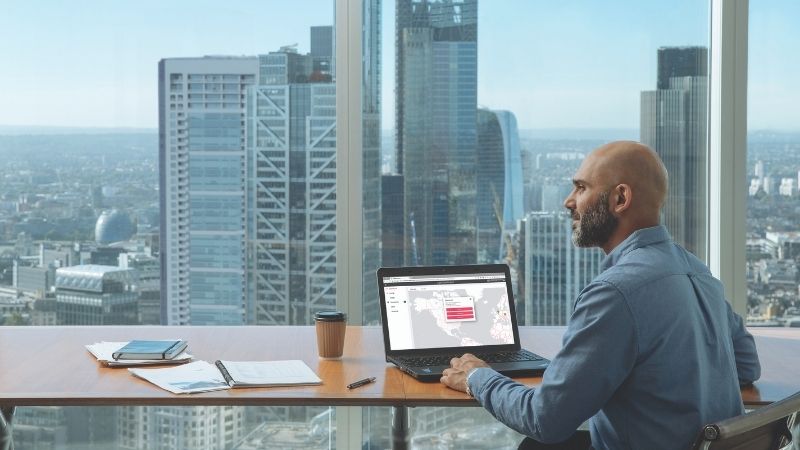February 2, 2021
The Internet of Things (IoT) can help create safer workspaces, and connected lighting systems are uniquely well-placed to form the basis of an IoT infrastructure
As the world starts to emerge from the COVID-19 pandemic, building owners, building managers, and office managers all have the urgent task of ensuring that workplaces offer employees a safety net from the virus. It's not only important to make workspaces safe, but also to make people feel safe.
In other words, people returning to the workplace need to feel comfortable about all aspects of the building, so it's useful to give them control over some areas that could raise concerns and which they couldn't affect before the pandemic.
For example, employees may want to avoid touching surfaces like door locks, elevator controls or light switches; sidestep crowded areas to get to their desk; and find an available hot desk without having to walk through occupied parts of the office.






